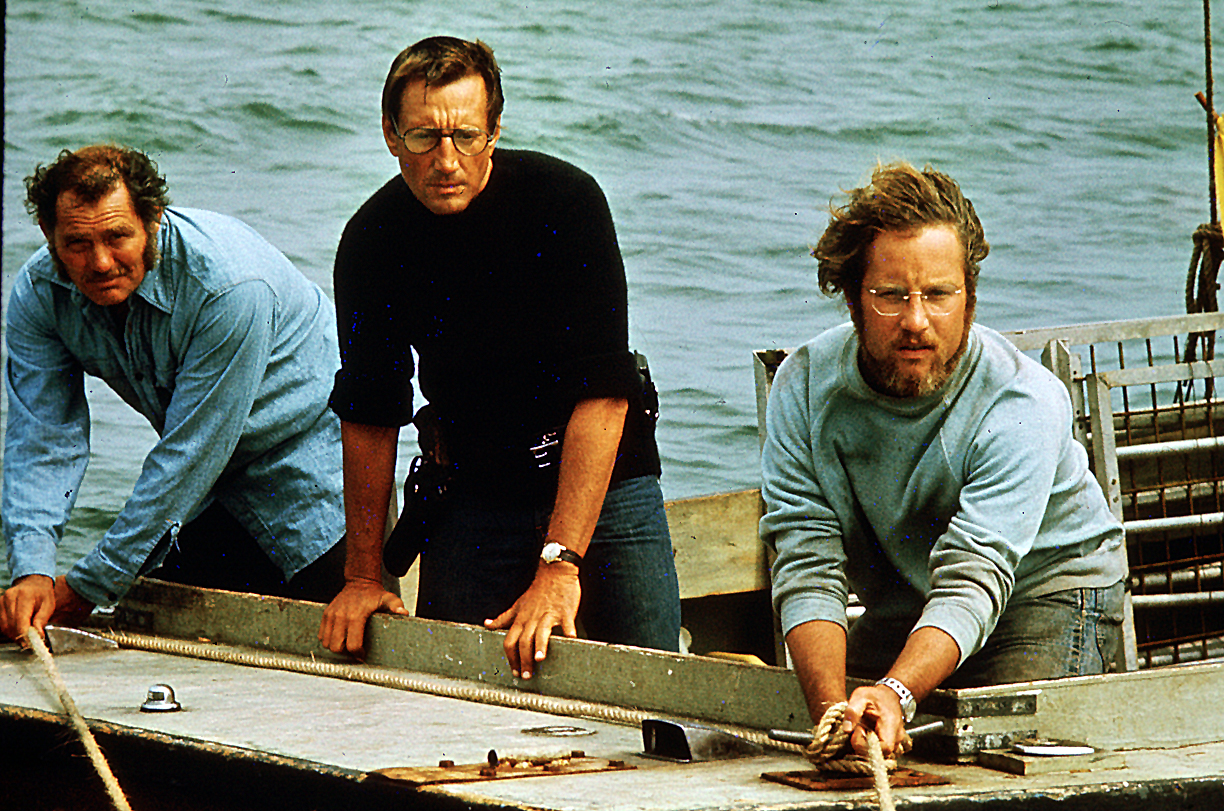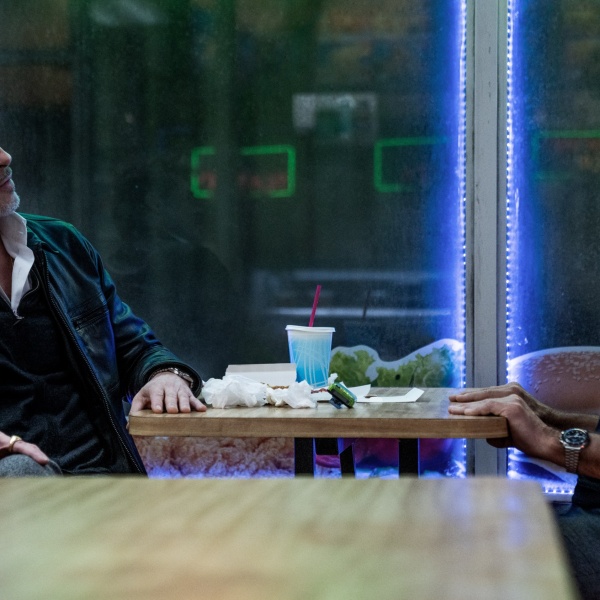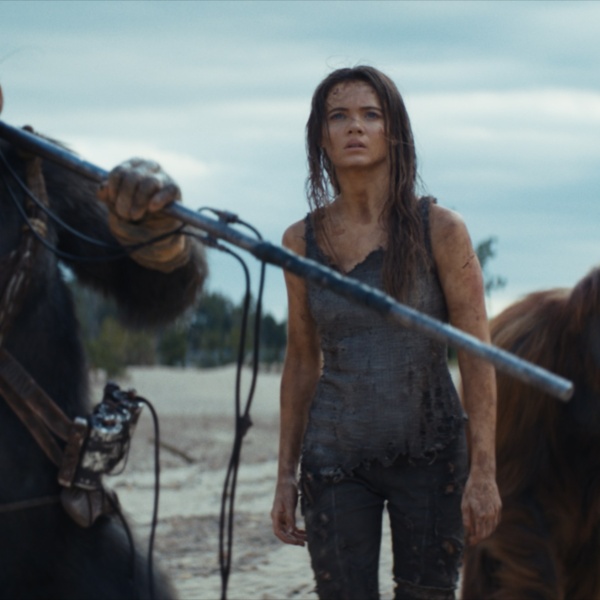The original trailer for Steven Spielberg’s “Jaws” hardly hinted at the industry-changing blockbuster it was ultimately selling, instead playing up some serious melodrama (“it is as if God created the Devil and gave him jaws” is easily the best line of a highly quotable bit of marketing) and leaning into the best-selling bonafides of the book it was based on. The trailer boasted some of the film‘s iconic shots and lines (you better believe “you’re gonna need a bigger boat” is in there), but mainly seemed interested in imparting the high stakes drama and horror of the story to audiences seeking a scary summer distraction.
That “Jaws” would become a mega-hit that would push Spielberg’s burgeoning career into the stratosphere was a surprise, but nobody could have predicted that it would also establish the blueprint for modern-day blockbusters. Now celebrating its 42nd birthday, right in the middle of yet another summer movie-going season, it’s worth acknowledging just how much every big movie released this time of the year owes to Spielberg and his shark. And at a time when audiences are positively swimming in big, loud franchise movies, it’s productive to recall just how much this one represented a true filmmaking talent.
Made for less than $9 million, “Jaws” went on to make over $470 million in global returns, including a $260 million domestic take that earned it the top spot at the box office in 1975. The film toppled other high-powered hits like “One Flew Over the Cuckoo’s Nest” and “Dog Day Afternoon,” all huge moneymakers that were decidedly non-blockbuster in nature (at least, as we currently know the term). “Jaws” was the first feature film to break $235 million in domestic returns (in 1973, “The Exorcist” became the first film to break $230, and it too spawned a unique path for future horror offerings). Nearly half a century after its release, it still ranks in the all-time top 100; adjusted for inflation, it ranks at number 7.
Spielberg’s big hit — his first and obviously not his last — paved the way for the massive tentpole features that now dominate the summer season, huge earners that capture both the zeitgeist and hefty audiences.
Moreover, the film was bolstered by a modern, forward-thinking marketing campaign that still influences the way movies are sold today. Universal spent nearly $2 million to market the movie, plenty of which went to utilizing television marketing in its earliest stages, using a slew of prime-time network spots that introduced the film to a huge audience in nifty 30-second blocks. Ads played up the John Williams score and the now-iconic imagery of Jaws emerging from the water. There were talk show tours (including appearances that dated more than eight months before the film hit theaters) and marketing tie-ins, a big push towards the readership of the original novel (including a brand new cover art that reflected the poster and other stills) and a number of exceedingly well-received test screenings.
“Jaws” hit theaters with not just a ton of hype, but actual recognition of the property. Audiences were excited about things they already knew about, plots they could read about in Peter Benchley’s book, and characters they were already familiar with — just like today’s movies that now arrive in theaters after massive marketing blitzes that show off huge bits of material before films even open.
But while “Jaws” helped kickstart a wave of high-earning features with studio power behind them, it didn’t do it at the expense of quality, a lesson that many modern blockbusters still need to learn. The film debuted to mostly positive reviews, many of which rightly hailed Spielberg as the next big thing in major moviemaking. “Jaws” was nominated for four Academy Awards, including Best Picture, and went on to win three of them. The film showed that movies could make money and appeal broadly and still be of high quality and craft; those things didn’t have to be mutually exclusive.
And those films could also endure as classics, as “Jaws” has managed to hold on to lofty status for over four decades. So many blockbusters don’t just eschew overall quality in service to whiz-bang entertainment and speedy fun, but they also offer up such disposal amusements. It’s impossible to fathom them being so much as watched 42 years later, let alone loved. In four decades, are people going to be watching “San Andreas” or “The Legend of Tarzan”? “Divergent” or “The Maze Runner”? “Non-Stop” or “Snow White and the Huntsman”? Not the way they watch “Jaws,” that’s for sure.
The film also opened up doors for some of modern day blockbuster filmmaking’s less exciting (and less satisfying) elements, including a bent towards franchises, complete with both big successes and huge disappointments. “Jaws” beget three sequels during a time when that was hardly conceivable, let alone status quo. Some of them (OK, just “Jaws 2”) are good enough followups, but even the magic of “Jaws” still led to such bastardizations as “Jaws 3-D” (even in the ’70s, movies were not immune to party tricks and laughable gimmicks) and “Jaws: The Revenge,” which was as much about psychic unease as it was about murderous ocean dwellers. Even the best of the bunch come with some problems.
But not “Jaws.” The beast at the center of the movie was a defining force in modern entertainment. “This shark?” says Quint in the pivotal town hall scene. “Swallow you whole.” And it still devours all the knock-offs it inspired.








